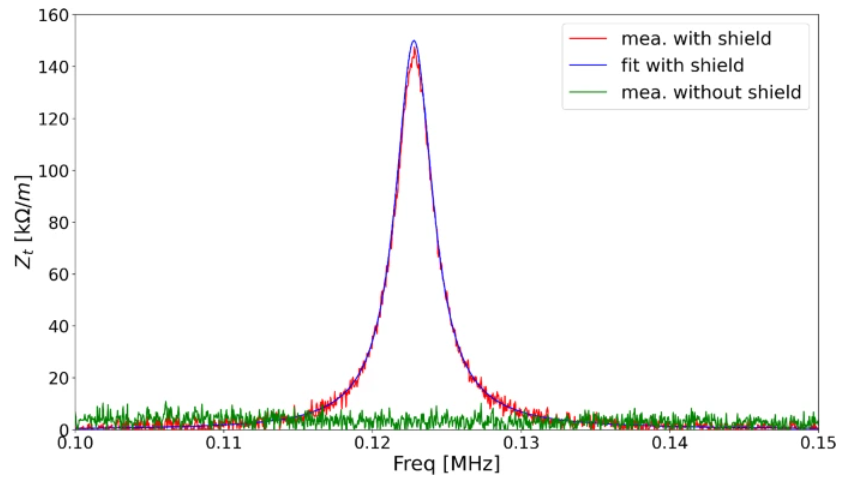EPJ Plus Highlight - Unexpected Instability in a Rapid Cycling Synchrotron
- Details
- Published on 15 April 2025

Researchers at the Chinese Academy of Sciences in Beijing have shown that simplified models of radio-frequency shielding in the CSNS synchrotron had missed the narrow-band impedance that led to loss of power in the beam.
The China Spallation Neutron Source (CSNS), located in Guangdong, China, includes a linear accelerator, a rapid cycling synchrotron, two beamlines and a target that provide high-energy neutron, proton and muon beams for a wide variety of applications. As the power of the beams increased, scientists observed that an unexpected instability in the impedance at the synchrotron led to substantial beam loss. A group of physicists based at the Institute of High Energy Physics, Chinese Academy of Sciences, Beijing and at the synchrotron, and led by Professor Sheng Wang, have tracked down the source of the instability and discovered how to mitigate it. This work has now been published in EPJ Plus.
The CSNS, which came online in 2018, is the first pulsed neutron source to be established in any developing country and, therefore, occupies a key place in the global ecosystem of large-scale public scientific facilities. The observed instability in impedance and consequent loss of power in its operation has proved to be a major drawback, even outside China.
Impedance in electrical engineering is the alternating-current equivalent of resistance to direct current, and unlike resistance it has both magnitude and phase. In conducting a full review of the CSNS, Wang and his co-workers showed that over-simplifications in the design of the radio-frequency shielding on its ceramic chamber, which had been assumed to be perfect, led to an incorrect assumption that its impedance would be small and have an insignificant effect on the beam. Instead, the team located a specific, narrow-band impedance at a frequency of about 120 kHz and identified it as the cause of the observed instability. “Beam simulations and theoretical analysis produced exactly the same result as this measurement”, says Wang.
Recent upgrades taking this into account have suppressed the instability, preventing beam loss, but it is likely that further modifications will be needed when the synchrotron is upgraded to increase the current intensity and power of the beam.
Huang, L., Wang, S., Xu, S. et al. Source of instability in the rapid cycling synchrotron of the China spallation neutron source. Eur. Phys. J. Plus 140, 71 (2025). https://doi.org/10.1140/epjp/s13360-025-05997-8




